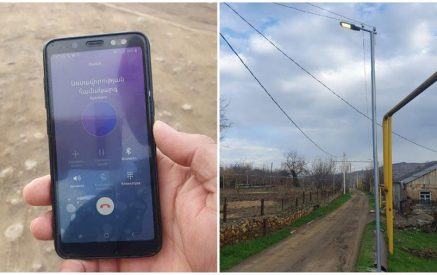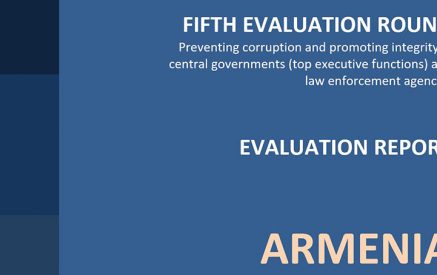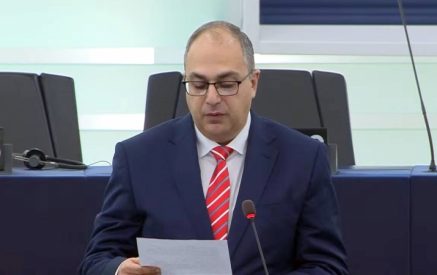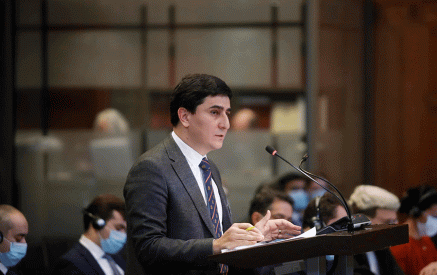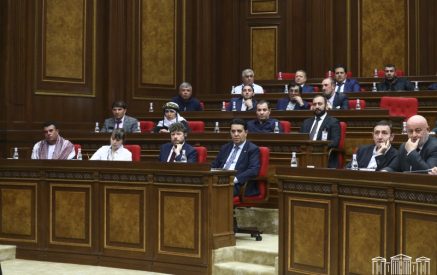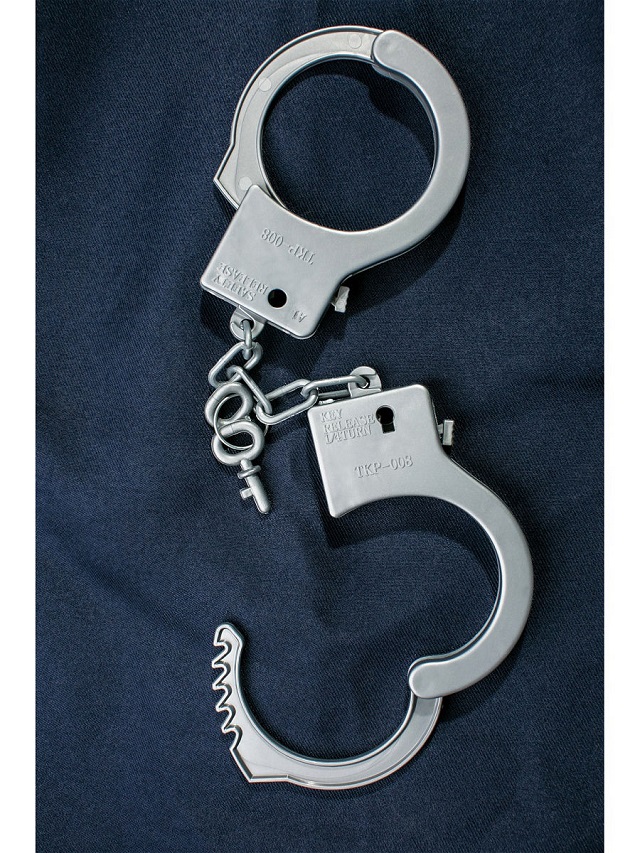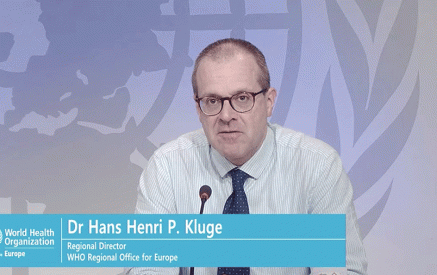Twenty European prison administrations released 118,000 inmates as a measure to prevent the COVID-19 pandemic in the first month of the lockdown
Strasbourg, 18.06.2020 – European states are increasingly resorting to sanctions and measures which keep offenders in the community without deprivation of liberty, according to the 2019 SPACE II annual survey, carried out for the Council of Europe by the University of Lausanne. (Please see also the Key Findings)
On 31 January 2019 there were around 2 million people in Europe subject to these alternatives to imprisonment such as electronic monitoring, community service, home arrest, treatments, semi-liberty or conditional release. From 2018 to 2019, the probation population grew by 7.9%, from 1,547,572 to 1,699,676 people in the 28 probation agencies that provided this data for both years, whilst their overall probation population rate grew from 137.8 to 139.6 probationers per 100,000 inhabitants.
The SPACE II survey was published together with a special SPACE I report on Prisoners in Europe in Pandemic Times. This report includes an evaluation of the short-term impact of the COVID-19 pandemic on European prison populations up to 15 April 2020, a period which roughly coincides with the first month of lockdown.
Read also
Twenty out of 43 prison administrations reported having released inmates to prevent the spread of COVID-19, applying various measures such as amnesties, early and provisional releases and other alternatives to deprivation of liberty. On average, these 43 administrations released 5% of their population (over 118,000 inmates).
Excluding countries with less than 500,000 inhabitants, those which released the highest proportions of prisoners were Turkey (35%; 102,944 inmates), Cyprus (16%; 121), Slovenia (16%; 230), Portugal (15%; 1,874), Norway (13%; 401), Ireland (12%; 476), Italy (9.4%; 5,739) and Spain (7.4%; 4,356). France released 14% of its prison population (10,188 inmates) but this includes all releases (for example those of inmates arriving at the end of their prison sentence) and not only those related to measures to prevent COVID-19. Including these persons would lead to over 128,000 inmates released in Europe since the beginning of the pandemic.
Four prison administrations which reported overcrowding on 1 January 2020 had significantly reduced their prison density by 15 April (Cyprus, Italy, France and Slovenia), whilst Sweden, the only country not to apply a lockdown of its population, joined the group of countries with overcrowded prisons. Ten of the administrations with a prison density of more than 100 inmates per 100 places on 1 January continued to be overcrowded on 15 April: Turkey, Romania, Greece, Hungary, Cyprus, Italy, France, Serbia, Czech Republic and Austria; although Turkey reduced its prison population drastically in May.
Higher probation than imprisonment rates
According to the SPACE II survey, on 31 January 2019 there were across Europe 155 probationers per 100,000 inhabitants compared to 105 inmates in prisons per 100,000 inhabitants. The overall high rate of probationers in Europe shows that community measures and sanctions are increasingly used across the continent: in 32 out of the 40 countries (or administrative entities), the probation population rate was higher than the prison population rate.
On average, in Europe, there were 165 probationers for every 100 inmates. Only a few administrations – Serbia, Azerbaijan, Switzerland, Bulgaria, Norway, Russia and the State Administration of Spain – had lower probation population rates than prison population rates. The highest probation population rates were reported by Poland (646 persons per 100,000 inhabitants), Turkey (591), Georgia (541) and Lithuania (523).
Over time, the Council of Europe has called on its member states to use imprisonment as a measure of last resort and to apply alternatives to deprivation of liberty as often as possible. The aim is to favour the integration of offenders into society and thus reduce recidivism, prevent overcrowding, improve the operation of prisons, and promote a humane and efficient treatment of prisoners.
However, there seems to be a risk that their extended use may lead to “probation overcrowding” in the future. “There are signs that some probation agencies seem to be using community sanctions and measures as supplementary sanctions and not as measures replacing imprisonment. As a consequence, a growing number of persons are being placed under supervision by the criminal law system, in prison or on probation”, said the Head of the SPACE team, Professor Marcelo Aebi, from the School of Criminal Sciences of University of Lausanne, Switzerland.
In 2019, foreigners accounted for 8% of probationers, a smaller proportion than among the prison population (14%). On average, 10% of probationers were female compared to 6% among the prison population. In every country, with the exception of Serbia and Greece, the proportion of women was higher on probation than in prison, probably because probation is used for less serious offences, and women are seldom involved in violent crimes which usually lead to a prison sentence.
Adding the total number of probationers (1,969,204) to the total number of inmates (1,530,442), on 31 January 2019, 3.5 million people were imprisoned or under the supervision of probation agencies in Europe, this being a low estimate of the European “correctional population” since it refers only to those countries which provided data.
The countries with the highest correctional population rates – above the European median of 267 inmates and probationers per 100,000 inhabitants – were Turkey (920), Poland (836), Lithuania (755) and Russia (737). Countries with the lowest rates were Finland (103), Norway (106), Iceland (113) and Switzerland (131).
***
Conducted every year for the Council of Europe by the University of Lausanne, the SPACE survey provides an overview of the use of custodial (SPACE I) and community (SPACE II) sanctions and measures in the Council of Europe member states.
Notes:
• Unless otherwise indicated, the data are expressed in median values, which are more reliable than average figures as they are less sensitive to extreme figures.
• The 2019 SPACE II survey contains data from the probation agencies of Council of Europe member states except for Albania, Germany, Hungary, Liechtenstein, Republic of Moldova and San Marino.
• The data on probation population on 31 January 2019 refer only to the 32 probation services which use the person as a counting unit.
• The report Prisoners in Europe in Pandemic Times considers the impact of measures to prevent COVID-19 until 15 April, with the noteworthy exception of Turkey that indicated the releases of inmates until 4 May. In addition, the number of releases reported by France include all kinds of releases and not only those aimed to prevent the spread of the pandemic.
Council of Europe Communications



